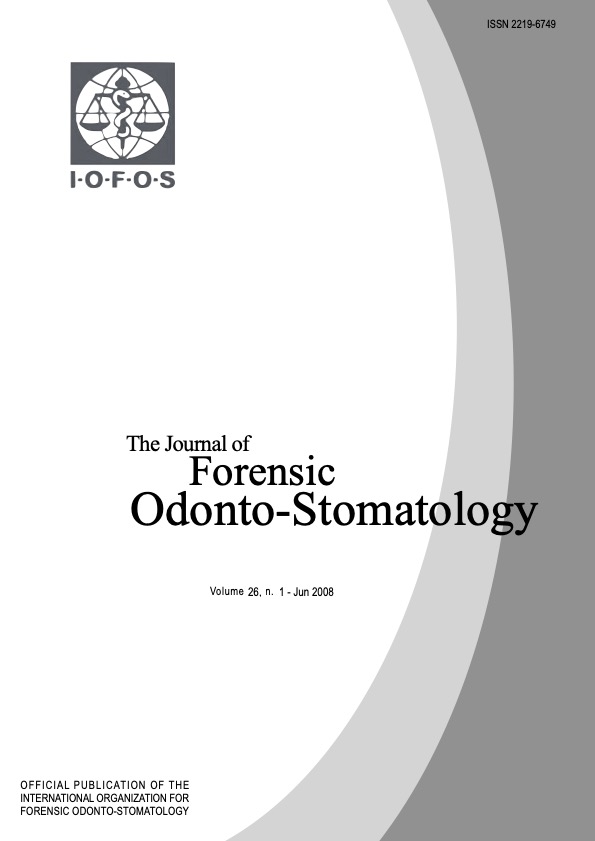Forensic norms of female and male Lebanese adults
Abstract
Patients born to Lebanese parents and grandparents, visiting two private practice orthodontic clinics, with normal occlusion and no need for any kind of orthodontic treatment during a six month period and satisfying inclusion criteria, were asked permission to include their lateral cephalometric radiographs in this study. Sixty three individuals met the inclusion criteria. Sixteen cephalometric measurements were taken (seven linear and nine angular) were analyzed on each radiograph. Measurements were compared between genders using student’s t-test.
The study population included 31 females and 32 males with a mean (±SD) of 21.6 (±4.0) and 21.3 (±3.9) years for males and females respectively. Men had significantly larger skeletal linear measurements: the mandibular base menton to gonion (Me-Go) (p = 0.027), the total mandibular length of condylon to gnathion (Co-Gn) (p = 0.009) and significantly larger angular measurements: sella to nasion to subspinal point (S-N-SS) (p = 0.006), and sella to nasion to supramental point (S-N-Spm) (p = 0.009).
The results of this study demonstrated that male skeletal linear and angular measurements are significantly larger in Lebanese adult males compared to Lebanese adult females.

